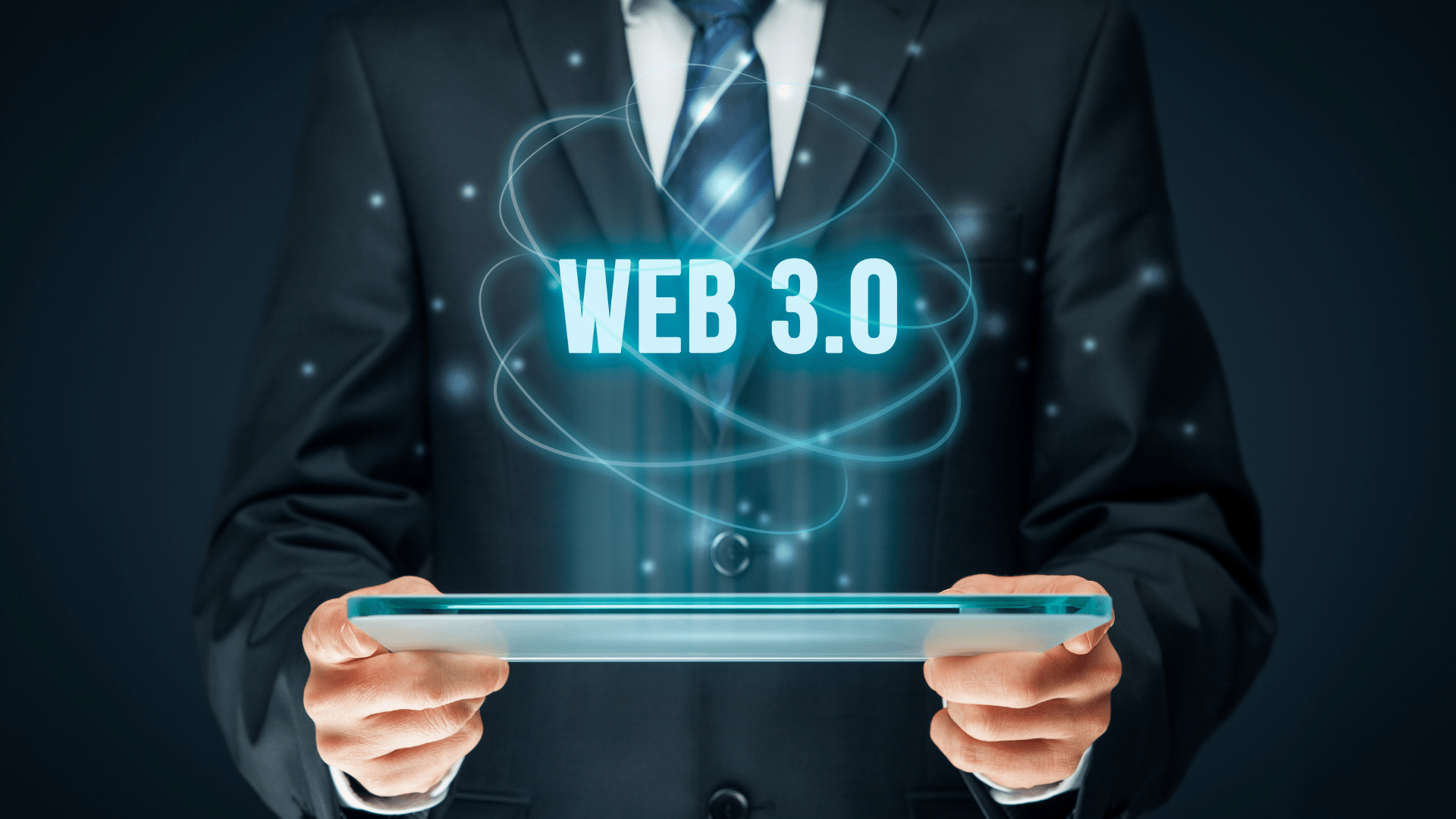Web 3 is slated to be the future web interaction paradigm, and it will start a significant shift in how web developers design websites.
You've probably come across the term "web 3.0" on the internet. Simply, web 3.0 is the next step in the evolution of the internet. The innovations that web 3.0 will bring to the internet will propel it to new heights. These changes, according to computer scientists and Internet experts, will make the internet smarter and our lives easier.
In Web 3.0, users will be able to manage their own servers, decide how their data is used and shared by other parties, own digital property, and have access to a seamless and borderless payment system based exclusively on the internet. However, only a few people have a clear picture of this magnificent vision.
Understanding Web3 in Simple Terms
Web3 is a future, decentralized version of the internet in which users become proprietors. Instead of relying on free apps and platforms that collect user data, users in the future of the internet phase will be able to participate in the creation, operation, and governance of the protocols themselves.
Digital tokens or cryptocurrencies may be used to represent ownership on Web3 using decentralized networks known as blockchains. You might be able to influence the running or governance of a network if you own enough digital tokens for it. Stockholder voting rights enable stockholders of record in a company to vote on certain corporate activities in a similar way.
Web 3.0 Meaning
In 2014, Gavin Wood, one of the co-founders of the Ethereum cryptocurrency, coined the term Web 3.0. Since then, it's become a catch-all word for anything related to the future of internet generation as a decentralized digital infrastructure.
Web 2.0, according to Wood and supporters of the Web3 idea, is governed by big tech, which is governed by regulators who may or may not be effective in maintaining public faith in the internet or data security. Wood told WiredWired in a 2021 interview that the existing web necessitates faith in entities that we can't hold accountable.
Web 3 proponents envisage an internet where we don't have to provide businesses like Facebook and Google our personal information in order to access their services. All information would be published on the blockchain's public ledger, and the web would be driven by blockchain technology and artificial intelligence.
Everything would have to be validated by the network before being approved, similar to how cryptocurrency works. People might conceivably exchange information or payment without the need for an intermediary via online apps. A Web 3 internet would also be permissionless, meaning that anyone could use it without needing to create credentials or obtain permission from a provider.
The data that makes up the internet would be stored on the network rather than on servers, as it is now. Any changes or movement of that data would be recorded on the blockchain, creating a record that the entire network could verify. This, in theory, keeps bad actors from exploiting data while also keeping track of where it goes.
In the same way that bitcoin blockchains are designed to prevent "double spending," a blockchain-centric internet would theoretically make data manipulation and control more difficult. Because data would be decentralized, no gatekeeper would be able to control it, preventing anyone from accessing the internet.
On paper, this would allow considerably more people to use the internet than before, and AI would be used to combat bots and click-farming websites. A peer-to-peer payment app based on a blockchain is an example of a Web 3 application. People could pay for a good or service using a decentralized app (Dapp) designed for payments instead of going to a bank.
Before a transaction can be completed, it must first be confirmed by the network and then written into the blockchain's digital ledger. People who can't open bank accounts, don't have access to them, or are prevented from offering certain services by large payment providers may benefit from such a system.
The 4 Properties of Web 3.0
To understand the nuances and subtleties of Web 3.0 meaning, look at the four properties of Web 3.0:
Semantic Web
Web 3.0's two cornerstones are the semantic web and artificial intelligence. The semantic web will aid in teaching the computer what the data means, allowing artificial intelligence to develop that can make use of the data. The primary concept is to build a knowledge spiderweb throughout the internet that will aid in understanding the meaning of words and generating, sharing, and connecting content through search and analysis.
Artificial Intelligence
Websites will be able to filter and offer the best facts to users thanks to artificial intelligence. In the current web 2.0 era, we have begun to solicit customer feedback in order to better understand the quality of a product or asset. Consider a site like Rotten Tomatoes, where users may rate and review movies. Films with a higher grade are often regarded as "good movies." Lists like these allow us to skip over the "poor data" and get straight to the "good data."
3D Graphics
Web 3 will transform the internet's future as it evolves from a simple two-dimensional web to a more realistic three-dimensional cyberworld. Web 3 websites and services, such as online games, e-commerce, and the real estate market, make considerable use of three-dimensional design.
As strange as this thought may seem, it is true that thousands of people throughout the world are currently interacting in this place. Consider online games like Second Life or World of Warcraft, where participants are significantly more concerned with the well-being of their virtual avatars than their real-life counterparts.
Ubiquitous
Ubiquitous refers to the concept of existing or being present in multiple places at the same time, i.e., omnipresence. This feature is already available in Web 2.0. Consider social media platforms such as Instagram, where users take photos with their phones and then post and distribute them online, where they become their intellectual property. As a result, the image becomes ubiquitous, or available everywhere.
With the advancement of mobile devices and an internet connection, the web 3.0 experience will be accessible everywhere, at any time. The internet will no longer be limited to your desktop computer, as it was with Web 1.0, or your smartphone, as it was with Web 2.0. It will be all-powerful. Because almost everything around you is connected online, Web 3.0 may be called the web of everything and everywhere.
If you are thinking of moving into a new condominium, check out Vista Residences!
Vista Residences is the condominium arm of the country’s largest homebuilder, Vista Land & Lifescapes, Inc. that offers ready for occupancy and pre-selling condominium projects in Manila, Makati, Mandaluyong, Quezon City, Ortigas, Baguio, Cebu, and CDO that are strategically located within major cities, in close proximity to premium universities, transit-oriented locations, and developed business districts.
For more information on Vista Residences, email [email protected], follow @VistaResidencesOfficial on Facebook, Twitter, Instagram, and YouTube, or call the Marketing Office at 0999 886 4262 / 0917 582 5167.










